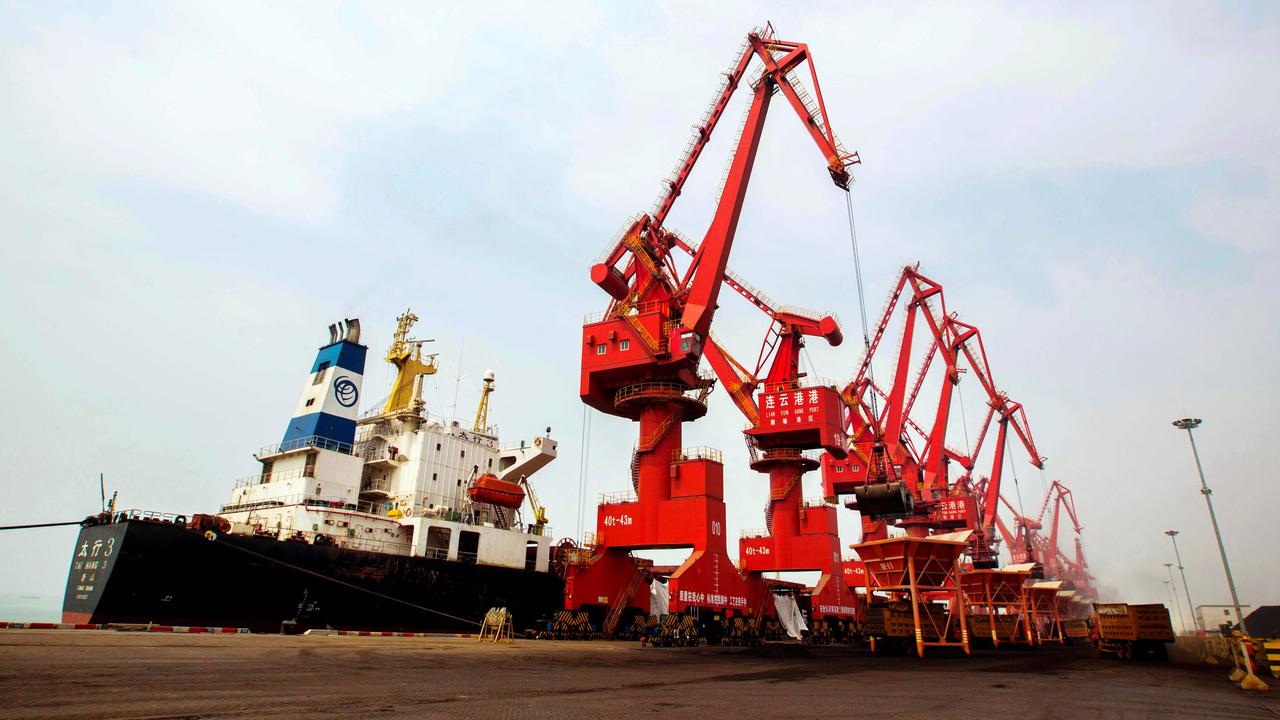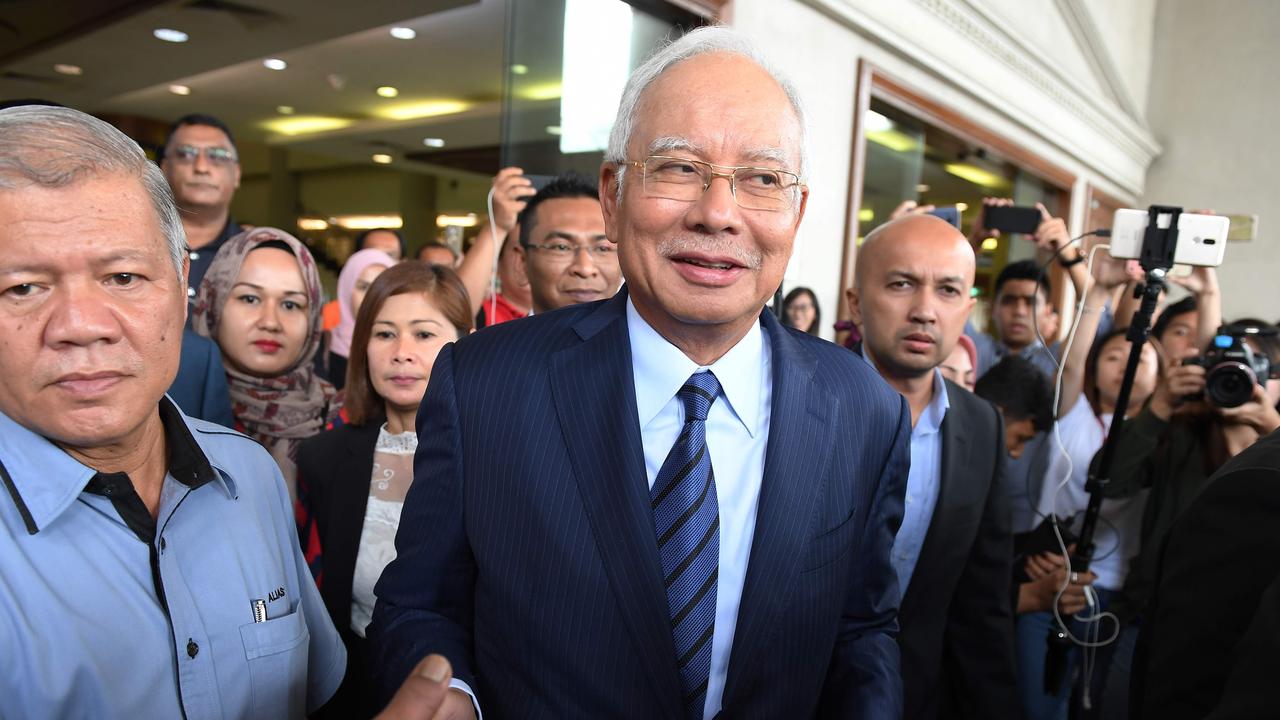Call for budget tightening reveals China’s anxiety on debt level
China is still trying to digest implications of the country shifting towards personal rule by Xi Jinping, which may be for life.

China remains agog this week, attempting to digest the implications of the country shifting towards personal rule by Xi Jinping, which may be for life.
The focus on the country’s economic prospects that usually comes from the annual session of the National People’s Congress, or parliament, has thus gone missing.
But China’s economic choices remain no less important for the prosperity of the world at large, including of course Australia, where key sectors have placed many, if not most, of their eggs in the China basket.
The core targets announced by Premier Li Keqiang in his low-key state of the nation address reflect strong confidence in the recent management of the economy, but with some added monetary and fiscal tightening that reflects anxiety about China’s tottering debt mountain.
The target for gross domestic product growth this year is “around 6.5 per cent”, a high figure given the maturity of the economy but below last year’s 6.9 per cent It is the base rate needed for the country to achieve one of the chief aims set by the ruling Communist Party, to double GDP during the decade to 2020.
Li anticipated inflation rising this year from 1.6 per cent last year to about 3 per cent, reflecting hopes for more buoyant consumption.
He placed unusual emphasis on employment prospects, perhaps indicating an area of special concern for the government. More than 11 million jobs would be created this year, he said, compared with last year’s 13.5 million, and the “registered” unemployment rate, while a somewhat elastic figure in China, would be held below 4.5 per cent. The high headline growth rate, he said, would “enable us to achieve relatively full employment”.
Broad M2 money supply is expected to grow at the same pace as last year, about 8.2 per cent, sending a signal that the government wishes to curb debt risks and contain asset bubbles.
The ANZ Research team says “this reinforces our forecast that China’s overall leverage level will likely peak in 2020, with the debt-to-GDP ratio staying below 260 per cent”.
Reinforcing this aim, the budget deficit is projected to be held to 2.6 per cent of GDP, compared with 3 per cent last year. The government’s interest payments on debt will reach almost $86 billion this year.
Amanda Du, vice president at the investors service section of Moody’s, which has kept a close eye on China’s debt challenge and downgraded the sovereign rating last year as a result, has noted that “the direct debt of Chinese regional and local governments (RLGs) is set to increase marginally to 81 per cent of fiscal revenue in 2018 from 74 per cent in 2017, as part of the central government’s ongoing move towards the greater control and transparency of RLG funding sources.”
She said Moody’s supports the giant, 69 per cent, leap in the quota for special purpose RLG bonds, because it will provide those governments with much-needed borrowing to meet their capital expenditure needs. It remains crucial, however, to keep an eye — insofar as the genuine figures are available — on the funding vehicles’ broadly defined credit to deposit ratios, including especially those of “shadow banking” institutions, as well as on debt for equity swaps, which Li said would continue to receive support.
For Australia, a further important element of the announcements, is that Beijing intends to keep reducing the capacity of the steel and coal industries, by 30 million and 150 million tonnes respectively this year, even though the campaign has already achieved a core goal of improving the sectors’ profitability.
This would bring the total reductions in capacity to 590 million tonnes of coal and 145 million tonnes of steel over three years, driven by environmental and economic priorities.
During this process, the government has also been forcing the mergers of steel and coal corporations, as it seeks to restructure its state-owned businesses into a few national champions in each sector, many of which are encouraged to “go global,” as Yancoal has done in Australia, for instance, with its $2bn investments last year.
It is difficult to predict for sure the implications for key Australian exports, but judging by China’s continued strong appetite for our iron ore and both metallurgical and thermal coal as domestic production capacity has been constrained in the past couple of years, it seems unlikely to make much of a dent. It may foster higher demand given the comparative quality of the Australian materials.
Li Xiyong, the executive chairman of Yancoal and of its ultimate owner, one of those “champions,” told The Australian recently he was confident that while the proportion of coal in the overall energy mix would fall from the present 60 per cent, as other sources, including renewables, grew, the total consumption of coal would remain steady for about 20 years.
He said: “A revolution is under way in China to change the way coal is used, not a revolution to kill coal itself.”
Australia’s prospects for continued massive sales of liquefied natural gas into China got a boost when He Lifeng, the director of the National Development and Reform Commission, the government’s top planning agency, said the country would sign more international contracts to ensure the increased supply of LNG, which is to take a bigger share of the base generation load.
The “reform” paradigm that has ruled China analysis for decades no longer retains its currency, as Xi’s priorities have moved on, including to projecting China’s aims, opportunities and even values globally. But important changes are still being flagged, including the challenging prospect of the introduction of property taxes, legislation for which Li said the government would “steadily push forward”.
And the global context remains, as Li said, one in which “the policy changes of the major economies” — for which, read the US — “and their spillover effects create uncertainty”.
On cue, on the eve of the NPC opening, Donald Trump pronounced ominously: “Trade wars are good, and easy to win.”




To join the conversation, please log in. Don't have an account? Register
Join the conversation, you are commenting as Logout